These coffee machine mistakes are the only thing standing between you and a barista style brew - here's how to fix them
How to make every cup taste better at home

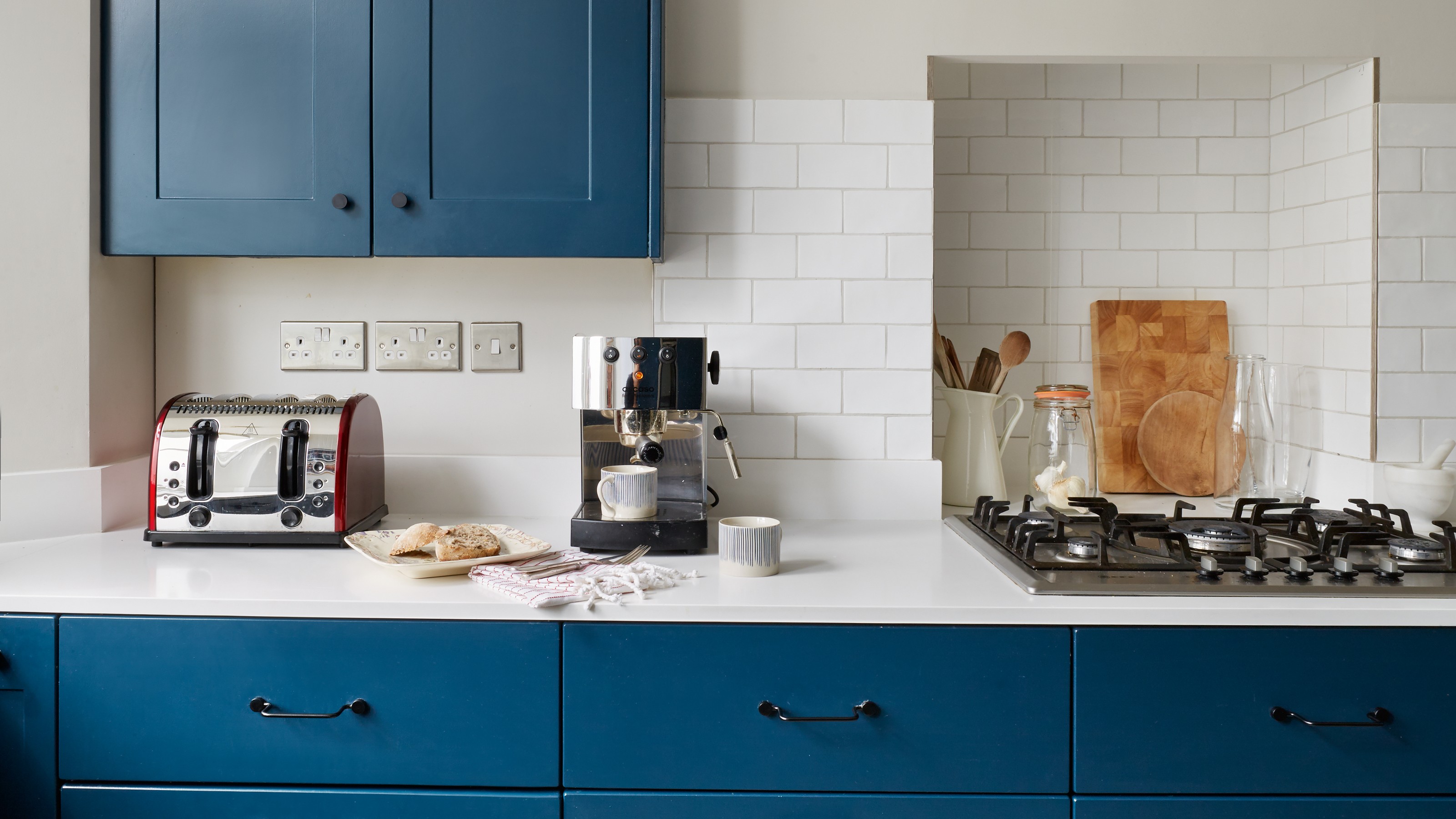
We think coffee machine mistakes are all up to the discretion of the brew maker. If you're making a coffee that you like the taste of every morning, then you're doing fine.
But if you do want to elevate the experience beyond that, there are little tweaks that'll make one of the best coffee machines run more smoothly.
The process of coffee making is all about learning what you like, including the type of machine you want, whether that's a bean-to-cup machine or a pod coffee machine.
7 coffee machine mistakes - and how to avoid them
After you've taken that first step, and with help from a few coffee experts we've enlisted with the tips below, you should be able to find a coffee-making process that suits you down to the ground (pun intended).
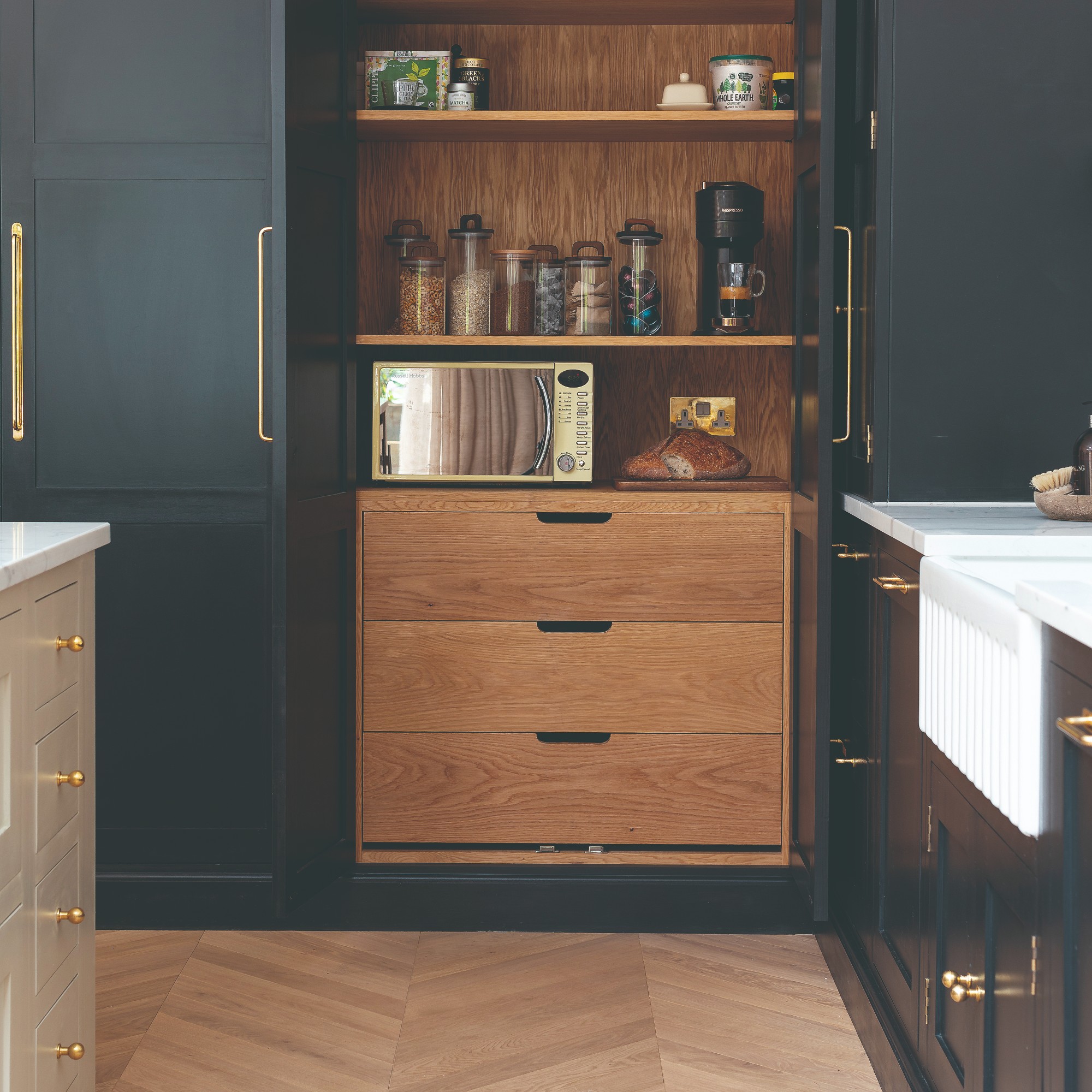
1. Choosing the wrong machine
According to Breville, the average Brit drinks 3 cups of coffee a day, adding up to 62,000 mugs, or 18,000 litres of coffee, over a lifetime. That statistic makes choosing a coffee machine a high stakes endevaour.
Generally, you can choose from bean-to-cup, espresso, pod and filter machines. Add on a French press, cold brew maker, percolator or moka pot, and things are starting to get confusing.
So which one gets your vote? After doing the sums on the cheapest way to make a cup of coffee, a bean-to-cup machine came out as the cheapest appliance per use, though upfront RRPs for one of those can be astronomical.
Sign up to our newsletter for style inspiration, real homes, project and garden advice and shopping know-how
The cost of pods for a Nespresso or similar can quickly add up, but there is a huge level of convenience. And if you don't want to compromise on ease or quality, an automatic bean-to-cup machine boils the process down to just the touch of a button.
The choice then, is not that simple, and will entirely depend on your budget, the amount of time you want to invest into the craft and whether you want beans, grounds or pods.
I have and love the Sage Barista Express Impress daily. Though the process is more involved than using a pod machine, I find it so enjoyably tactile to use, especially as it has a one-armed bandit to tamp with.

This is the easiest to use bean-to-cup machine we've tried, and our Sleep Editor Amy Lockwood loves using it at home thanks to how easy it is to keep clean too. She think it has 'perfect out-of-the-box operation'.
Our Breville Barista review has the full details.
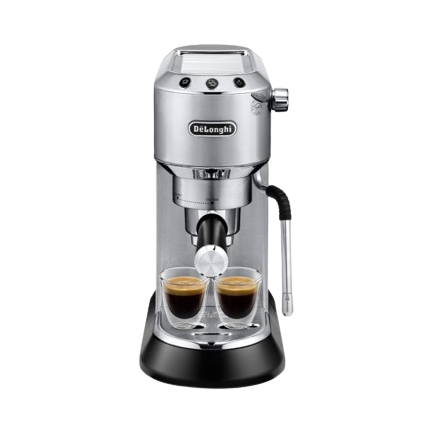
This espresso machine is stylish, space-saving and features a milk wand for steaming. I've tried it and found it very convenient. But if you want to use beans, you'll need to buy a separate grinder.
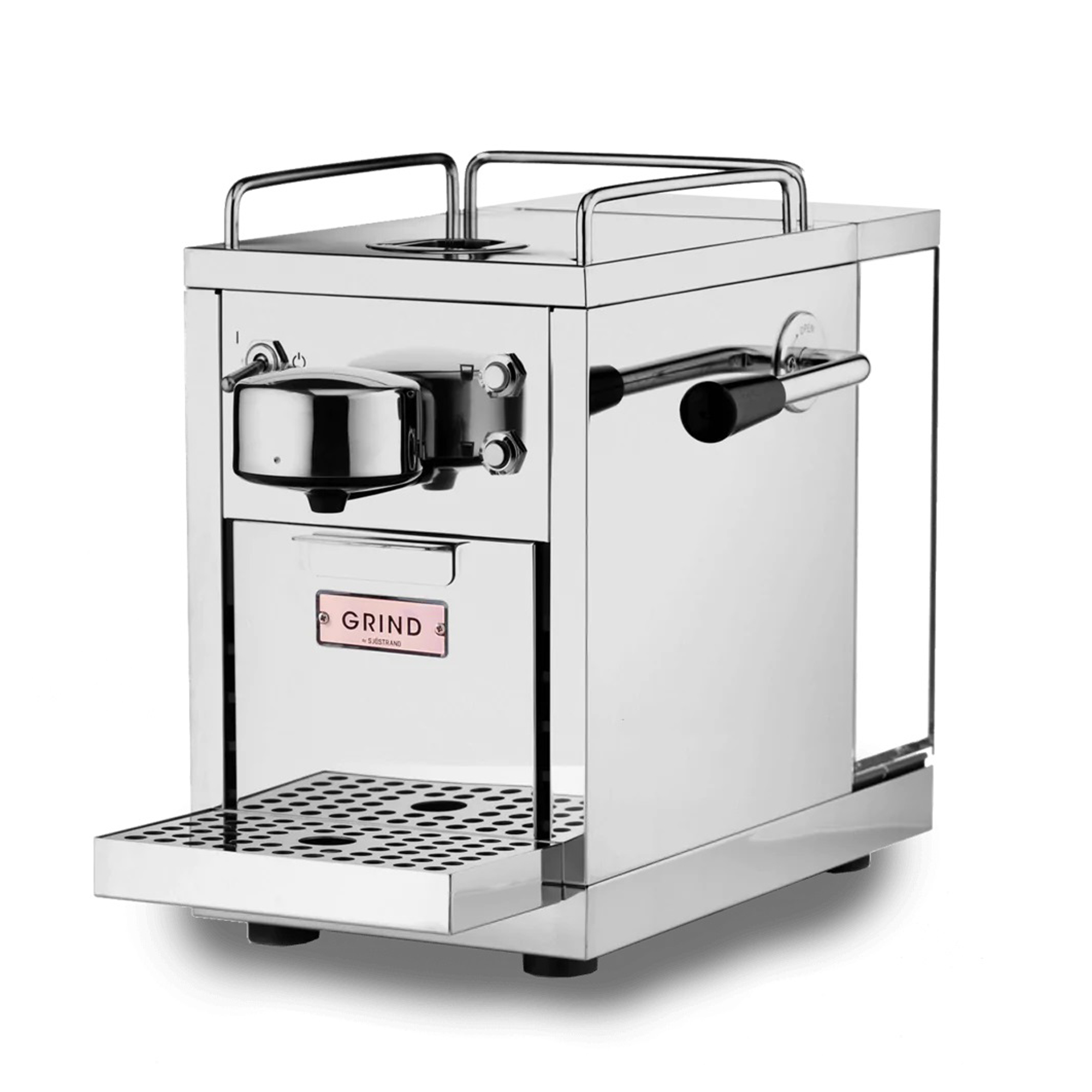
Pod coffee machines do not have a good reputation for sustainability. This GRIND machine is the antidote to that, with the brand selling compostable pods for 43p a pop and spare parts to repair the main unit when you need to. It's a stunner too.
Our GRIND pod coffee machine review has the full details.
2. Not getting the water right
Regardless of your machine type, one thing that you might be overlooking when it comes to coffee is the water you're using. It's an easy to miss and luckily, easy to remedy step.
Ashley Palmer-Watts, Breville's in-house coffee expert and co-founder of Artisan Coffee Co, advises us to 'Keep that water filtered'. Why? Well if 'water makes up 98% of coffee then better water = better coffee.'
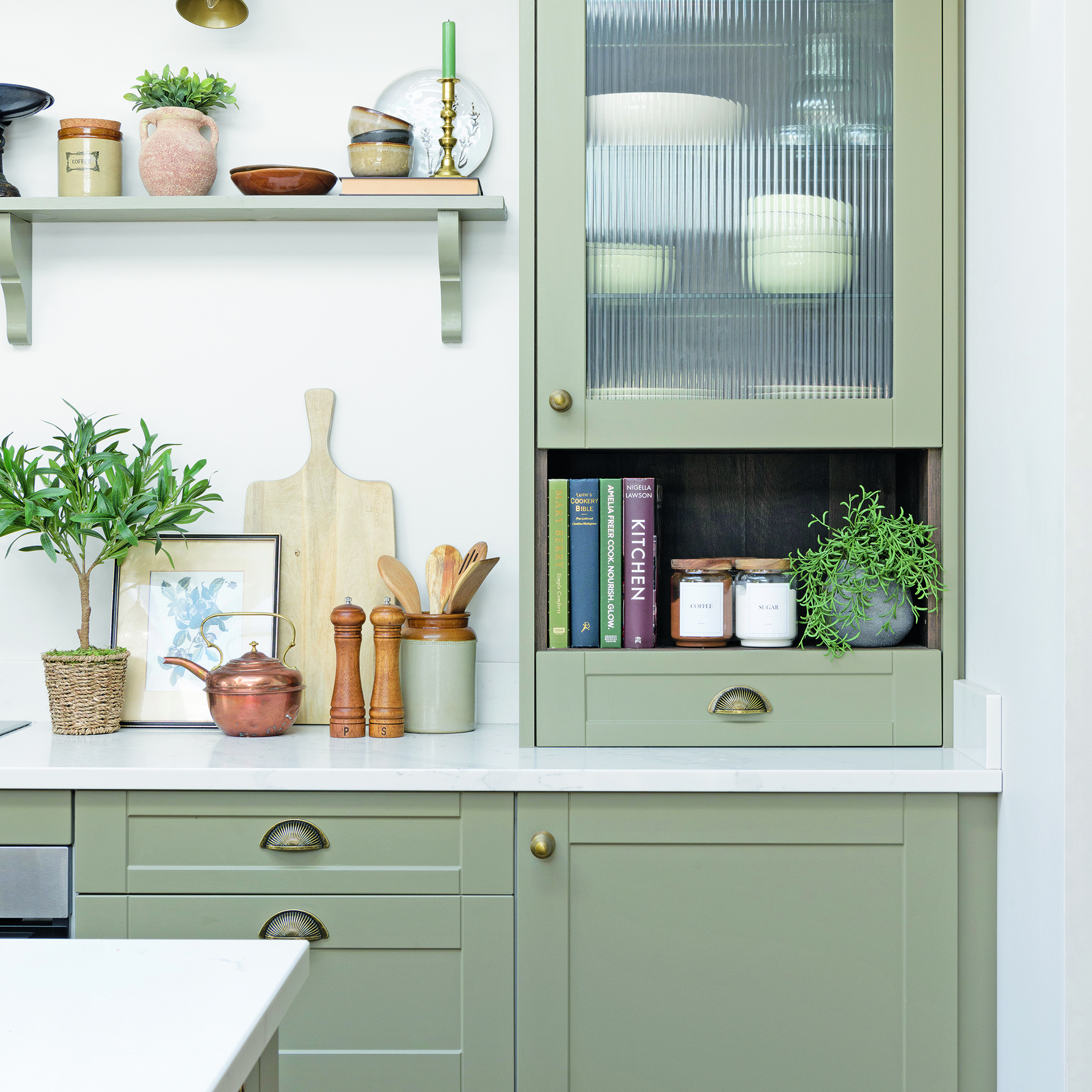
If the area where you live doesn't have nice tasting water, then getting hold of a water filter jug could be a good move. I've tried this self-cleaning one from LARQ which is available from John Lewis but there are much cheaper options.
Temperature is essential too. According to Ashley, 'Water has to be between 90-96 degrees for the perfect cup of coffee.' We believe him!
3. A cold mug
Perhaps this is just the sensibilities of my Northern parents, but I've long been forced to microwave my plate before dinner for the 'experience'.
The same can be said for mugs and coffee. Ashley says 'Start with choosing one of your favourite mugs and ensuring it is warm. Run it under hot water before making your coffee, to keep your coffee piping hot for longer.'
If you want the full barista experience, you can even choose a machine with a warming element for storing your cups on. Your choice in mug can change your coffee experience too, as well as how your machine is presented (we're very partial to a coffee machine station ourselves). It's the little things that can go a long way.
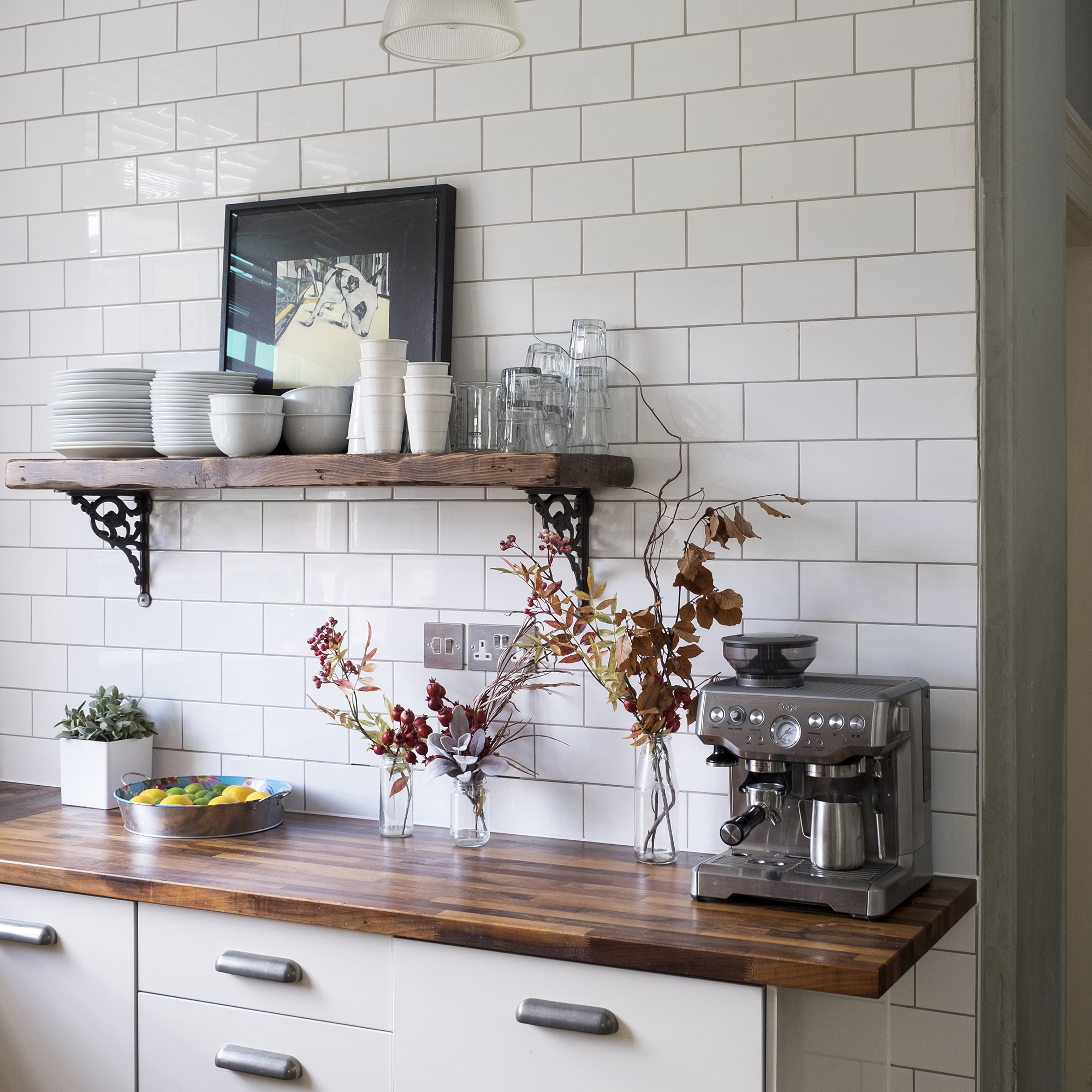
4. Getting the grind size wrong
Grinding coffee is an optional part of the process, but experts say the freshly ground stuff can make a monumental difference to the taste. So, if you opt for a bean-to-cup machine or a coffee grinder, there's a few things to know about the process.
Stuart Wilson, the founder of Lost Sheep Coffee, says that 'If you grind your own coffee, a common mistake is not grinding to the right size for your brewing method. For espresso, if the grind size is too coarse, the coffee will pour through too quickly (anything under 25 seconds is too quick) resulting in a coffee that is under extracted and tastes weak and acidic.
On the other hand, if the grind size is too fine, the pour will take more than 35 seconds, resulting in a coffee that is over extracted and tases bitter.'
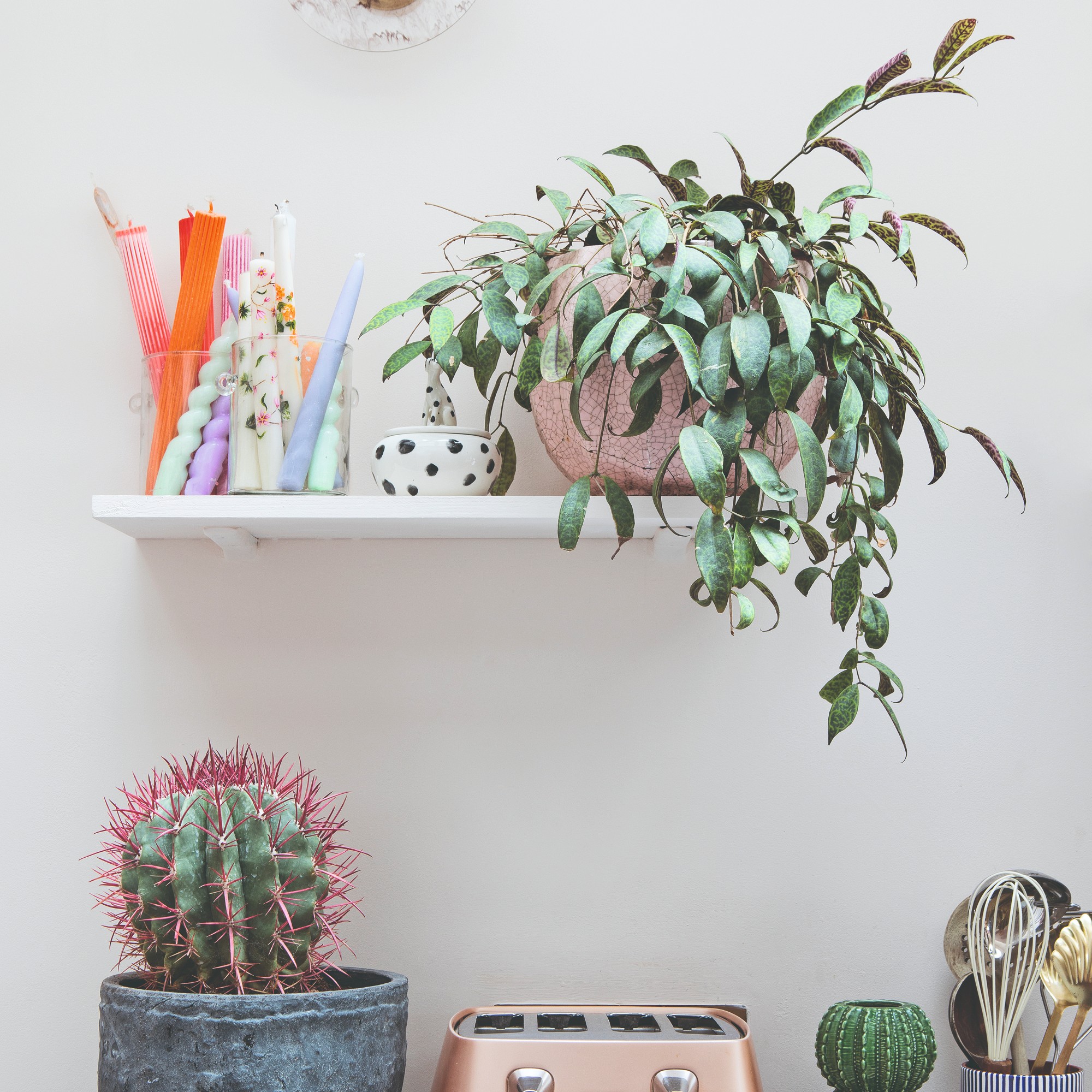
To remedy this problem, Stuart recommends experimentation. 'It’s about making small adjustments until you hit the sweet spot!'
5. Looking after your beans
Choose your beans wisely and then look after them well. We're a big fan of coffee subscriptions at Ideal Home, in order to keep the supply of beans fresh. Without fresh beans, your coffee won't taste as good.
My favourite is Lost Sheep Coffee, which you can get each month for £8.50. Once they are in your home, you'd do well to look after them properly.
Stuart from Lost Sheep Coffee says 'Always store your coffee beans in an airtight container out of direct sunlight.'
He adds 'Long term storage can be achieved by placing the sealed bag inside a freezer, but never ever store coffee inside a fridge! My top tip is to buy little and often for optimum freshness.'
6. Cleaning
As with anything expensive, looking after your investment is the only way to get the best from it.
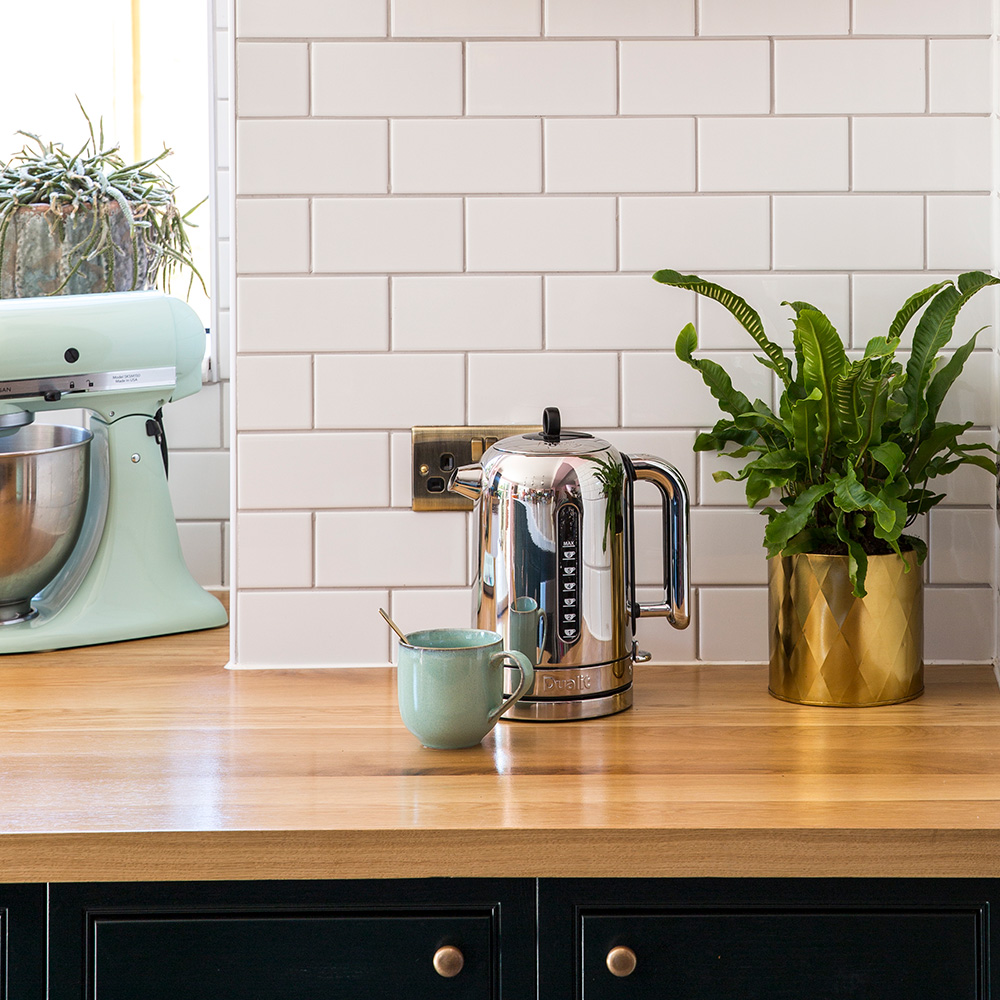
We've got plenty of advice on how to clean a coffee machine, but Stuart provides the bottom line for maintenance, saying 'When you’ve finished making your coffee, always clean out the used coffee grounds from the machine, making sure none are left. You don't want old used coffee tainting your next great coffee!'
7. Holding out for an iced coffee miracle
The true mark of summer is when you finally swap out your coffee order for its iced sidekick. But if you've been searching high and low for an iced coffee machine to make the process easier, I have to let you in on a little secret: there's no need.
If you want to make iced coffee, like an iced latte, you need ice, rather than a brand-new machine.
As our expert reviewer Helen McCue detailed in her De'Longhi Eletta Bean to Cup Coffe Machine review, there are certain features that can make the process easier, such as a dedicated cold milk carafe, and a brew process more suited to cold drinks, but the ice is still the biggest player.
For the most part, make a coffee and potentially froth cold milk, then pour both over ice for iced long drinks. It's as simple as that.
It's a different story if you love cold brew, but even then, the process doesn't need to be expensive. Ideal Home's writer Jullia Joson recently tried a Cold Brew bottle, which allows you to steep your coffee overnight and only costs £30.00 from Grind.
For iced coffee or cold brew then, don't make the mistake of spending a fortune.
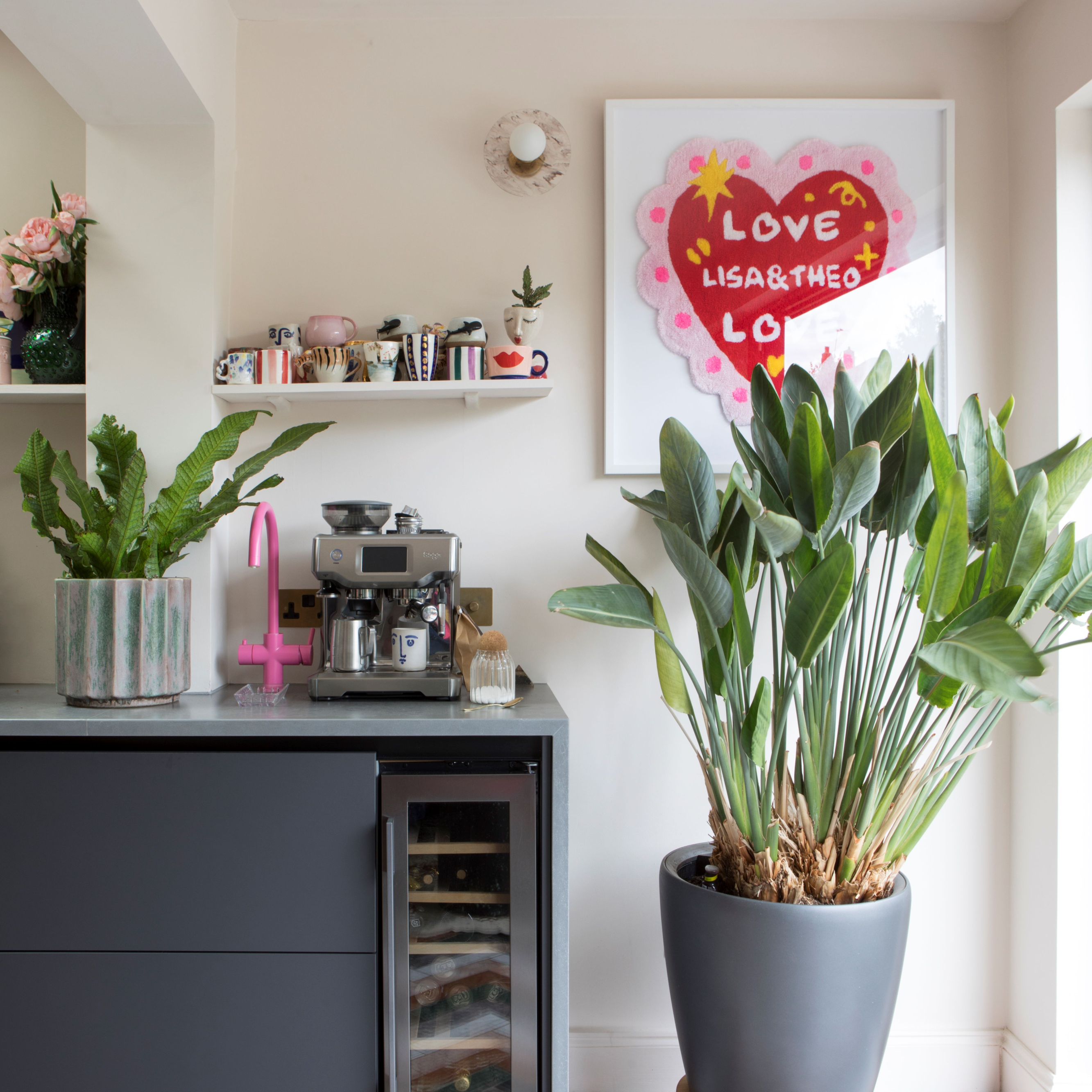
FAQs
Is tap water ok to use in a coffee machine?
It's down to how you think your coffee tastes currently if you're using tap water, and the tap water available in your area. Water makes up the vast majority of an espresso, so if it's not to your liking, then change it. Getting a filter is one option, or getting a machine with an in-built filter.
How should I store coffee beans?
According to coffee expert and co-founder of Artisan Coffee Co Ashley Palmer-Watts, the best way to store beans is to freeze them.
'Freeze your coffee beans,' says Ashley. 'This helps maintain the freshness of the beans to make them last double the length of time. Once you’ve defrosted the beans, don’t re-freeze them, and make sure they’re sealed to keep them fresh.'

Molly is Ideal Home’s Kitchen Appliances Editor, the Ideal Home Certified Expert on Appliances. An all-around cooking and baking enthusiast, she loves finding the next must-have product for readers that will their kitchen a better place. She joined the team in September 2022 after working on the editorial teams of Real Homes, Homes & Gardens and Livingetc.
For the last 4 years, she's been reviewing hundreds of small appliances; conducting tests at home or in the Ideal Home test kitchen. She would be hard-pressed to pick a Mastermind specialist subject but air fryers are her ultimate area of expertise, after testing just about every single one released since 2022.
To keep ahead of trends and new releases, Molly has visited the testing and development spaces of multiple kitchen brands including Ninja Kitchen and Le Creuset as well as attended consumer shows such as IFA, hosted in Berlin to see the cooking innovations of the future.